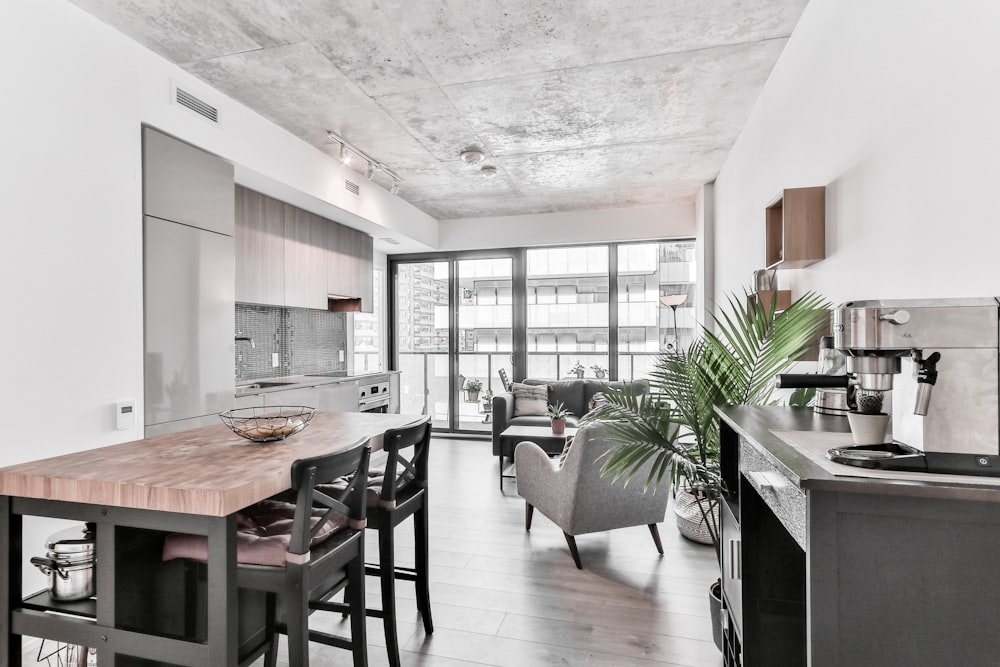
“Creating a green home is a great way to reduce your carbon footprint right where you live, while at the same time placing money right back into your pocket.”
Our homes are responsible for approximately 20 percent of all greenhouse gas emissions in the US. While some may want to add energy saving upgrades, many have held back because of the costs. Adding energy and water efficiency products to your home or building just got a little bit easier. Using a green loan, you can easily get started on completing those projects that will increase the overall efficiency and savings in your space.
How does a green loan work?
This type of loan can be used to complete major renovations, such as installing tankless water heaters, solar panels and energy efficient doors and windows. Additionally, the funds can also be used to make faster green improvements, including:
- Low-flow showerheads
- Low-flow aerators
- Eco toilets
- LED lights
- Adding or updating insulation
- Programmable thermostats
When searching for products that meet energy and water efficiency requirements, look for the Energy Star and WaterSense labels.
How much can I save?
The products installed and projects completed with a green loan can certainly help lower your utility bills. At the highest level, LEED-certified homes can save an average of 15% on the cost of energy annually. Taking into account that the average family in the United States spends between $2,000-$3,100 on energy and water bills every year, that can equal savings of roughly $300-$465.
Creating a green home is a great way to reduce your carbon footprint right where you live, while at the same time placing money right back into your pocket. Check with your local bank or credit union to find out more information on getting started with one of these loans.

